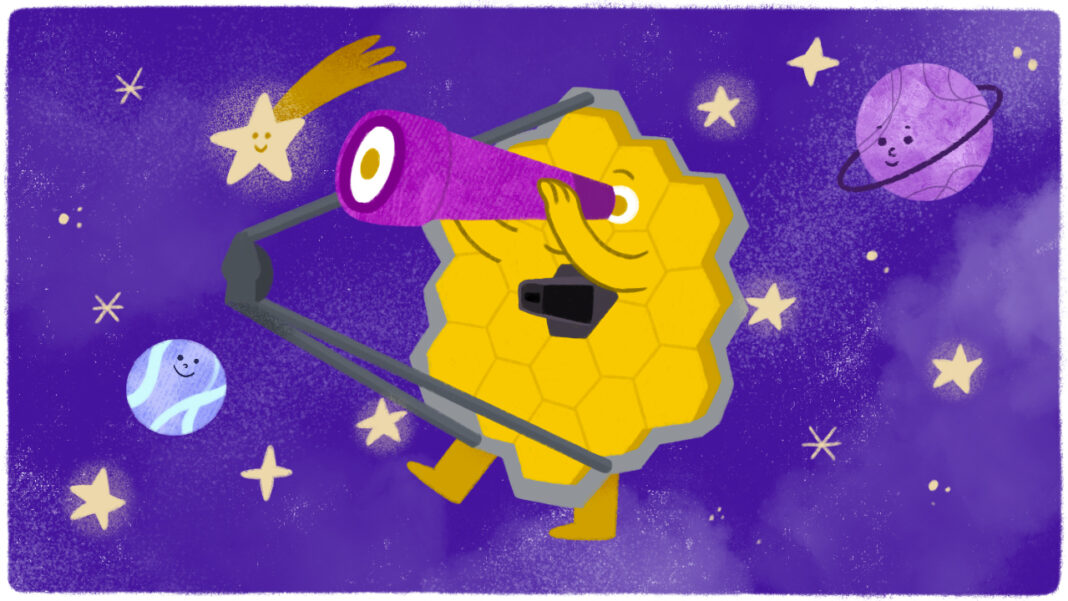Introduction
We witnessed the first three industrial revolutions in three different eras. This is the time of the fourth industrial revolution that is primarily commanded by data. This ongoing revolution is popularly called the data revolution or the data science revolution. This data revolution is the fuel for emerging technologies in 2022. This makes it extremely essential for academic institutes to keep pace with the advances in the industrial domain. As such, the need for data scientist courses in India becomes even more essential than ever before. Such courses would enable us to develop a deep understanding of data science in general and other emerging technologies in particular. In this article, we take a look at the emerging technologies that are slated to make a mark in 2022.
Generative adversarial networks/ Generative AI
One of the most important deep learning technologies is called generative adversarial networks. The main aim of this technology is to generate new data sets from the existing ones. Generative AI is the technology that operates behind such types of deep learning networks. Generative artificial intelligence has already found application in the domains of software technology and bug detection. It needs to be noted at this point in time that generative AI is used along with other important technology called deepfakes.
Deepfakes
As the name indicates, deepfake is a technology that is derived from the aggregation of two terms, the first being deep learning and the second being fake. When we use deep learning technology to create content that resembles the replica of some other content, it is said to be fake. The term made its official entry in 2017 and has found application in the form of image classification, image segmentation and image recognition. This technology is also used to create carbon copies of content that is already available on the internet.
Synthetic data
Synthetic data refers to data that is unreal or fabricated. The sole purpose of generating synthetic data is to train machine learning models in a specific manner. For instance, it is highly possible that a machine learning model is trained with equivalent data sets. In this case, the model is likely to yield the same results when it is applied on another data set. This is the case of over-fitting. It is in this context that we like to train the machine learning model with the help of synthetic data to avoid overfitting and yield accurate results when the models are applied in the practical domain. The application domains of synthetic data can be seen in the form of recognition of people’s faces as well as detection of cancers during medical diagnosis.
AI and humanoids to supplement labour
Artificial intelligence is the epicenter of the fourth industrial revolution that is currently dominating the industrial sector. Consequently, we would witness a change in the physical machinery in industry 4.0. There is a high probability that the existing physical machinery would be supplemented with smart technologies that would be AI powered and AI driven. However, that does not mean the relevance of the human workforce would be completely eliminated. Human workforce would collaborate with future humanoids and this would give rise to a new kind of workforce called an augmented workforce. This sort of workforce would be the result of the diminishing boundaries of work between man and the machine. While the physical work could be taken up by machines, the cognitive work can be taken up by humans. In this way, the growth in the industrial sector would witness a new high in the coming time.
Cloud based services and AI as a service
Cloud based services have become the new normal in the age of industry 4.0. Cloud based services provide the power to compute the most difficult tasks and solve difficult challenges in an online environment without the need for physical infrastructure. Such services can broadly be categorized into three types. The first type is called infrastructure as a service, the second type is called software as a service and the third type is called platform as a service.
Apart from the above-mentioned services, data as a service is also being popularized as companies are looking to outsource data and get it processed by third parties. In addition to this, artificial intelligence as a service is also getting a lot of priority. With the power of this technology, it has become possible to analyze a large volume of information by the aid and advice of natural language processing. Similarly, it has also become possible to execute computer vision tasks with a lot of ease. Amazon Web Services, Google AI platform and IBM Watson are the major companies that are constantly experimenting with this type of service.
Ensemble models and techniques
When we first started to experiment with machine learning technology, we resorted to the use of individual models like supervised learning, unsupervised learning, semi-supervised learning and reinforcement learning. Over a period of time, we realized the need to club multiple models like K nearest neighbor, k means clustering, decision trees and random forest models in order to make our results very accurate and precise. This is what gave rise to ensemble model techniques like bagging and bootstrapping in which the final prediction was very close to the accurate results when compared with the individual models.
Such models began to find application in intrusion detection systems in the environment of smart cities. In such smart environments where numerous smart devices operate simultaneously, the likeliness of cyber attacks is relatively higher. Consequently, the deployment of ensemble models and techniques would provide an additional layer of security to the digital system and make it immune from cyber attacks.
Internet of things
The present environment in smart cities is a digital environment where each gadget is connected to every other gadget as well as a physical system. We call such a type of environment an IoT environment. In the coming times, the adoption of IoT would be a game changer in the domains of logistics and supply chain management. Other smart systems may also integrate this technology and benefit from it. Smart homes and smart industries are the first hosts of the internet of things.
The data that would be generated in such an environment would be processed online using cloud based services. This means that various technologies like Cloud Computing, internet of things and data analytics would be connected to each other. This is in fact what is the idea of industry 4.0 that lays focus on integration of technologies and their functioning as a unanimous global service.
The bottom line
As the data revolution unfolds in the 21st century, it is highly likely that the research ecosystem that accompanies this revolution also grows over a period of time. Such a research ecosystem would experiment with groundbreaking technologies with the aim to make human lives better and advanced at the same time. As a bottom line, it becomes necessary to address the concerns of data sensitivity, data privacy and data security associated with the data revolution. Once these concerns are addressed and the security framework is laid down, we would be able to witness the proliferation of new technologies that are safe and secure.










